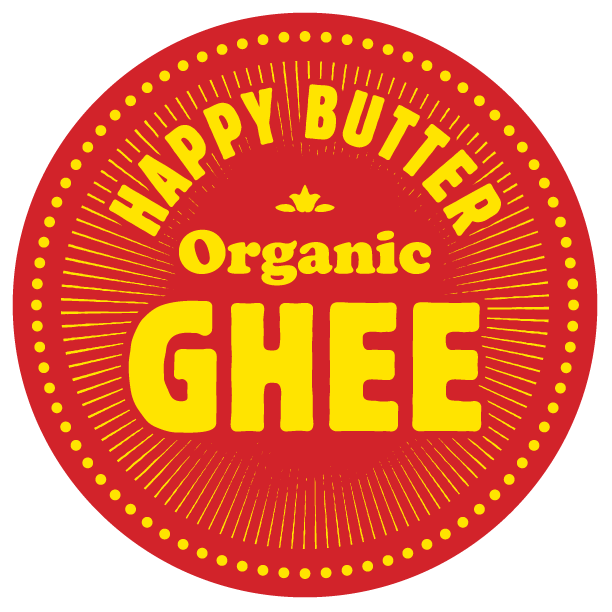The Healing & Supporting Role of Ghee in Ayurvedic Medicine
Here in the UK, organic ghee has become a popular alternative to traditional butter, fats, and oils in cooking. Besides its appealing rich flavour, this clarified butter also has potential health benefits. Testament to the benefits of ghee is its centuries-old role in traditional Ayurvedic medicine and holistic healthcare.
Here’s a closer look at why ghee has therapeutic as well as culinary and cultural importance in its native Indian roots.
What is Ayurvedic medicine?
Ayurvedic medicine is a holistic approach to healthcare that originates from India, and its roots can be traced back 3,000 years. It is based around the idea that individuals are controlled by life forces known as doshas. If any of these doshas become out of balance, our whole mental and physical health can be affected.
Ayurvedic medicine focuses on balancing the doshas to return a person to wholeness and health. Diet plays an important role in the treatment process, alongside other traditional practices such as massage therapy, yoga and meditation.
The role of ghee in Ayurveda
Ghee is a traditional Indian dairy product, and it is considered to have sattvic properties, meaning that it promotes inner peace and harmony. It’s often consumed with herbs and other plants that have healing properties to enhance the benefits and help the body absorb it more efficiently.
According to recent research, ghee may have benefits for gastrointestinal health, and it has long been used in Ayurvedic medicine to support this purpose. It is considered to aid nutrient absorption and help to maintain a healthy gut lining, which enables vital energy sources, vitamins and minerals to be transported and processed more efficiently by the body.
In ancient Indian practice, ghee is considered to be a natural way to detoxify the body, as it may help to draw impurities out of the organs and flush them out of the system. Ghee is also rich in butyric acid, thought to be beneficial for boosting the immune system and supporting gut health.
Ghee is also a source of rich fatty acids that can lubricate the joints, and it has been traditionally used to alleviate the symptoms of arthritis and joint pain. It’s also a source of fat-soluble vitamins A,D, E, and K, which help to maintain strong bones, support the immune system, and keep skin healthy and supple.
How can ghee be used in your daily diet?
Ghee is a very versatile ingredient that can be used in several ways. It can be used in place of vegetable or nut oils for frying, roasting, or sautéing foods. This will infuse dishes with flavour, and it also has a high smoke point so it can withstand higher temperatures without affecting the taste or texture of the food.
Ghee can also be added to dishes such as curries, soups and stews to give them a creamier texture and make them more filling. It can also be stirred into hot drinks as an alternative to milk or cream. When used in controlled portions, ghee can contribute to a healthy balanced diet, one of the core principles of Ayurveda.
